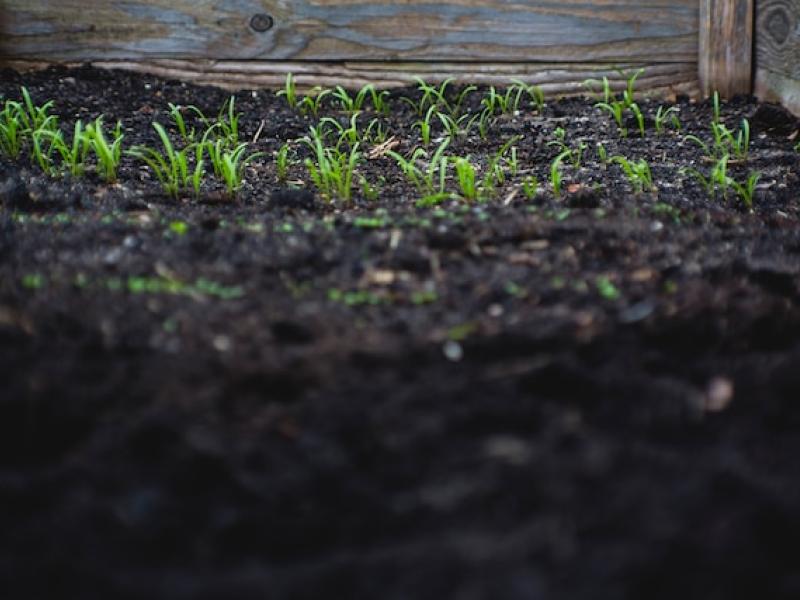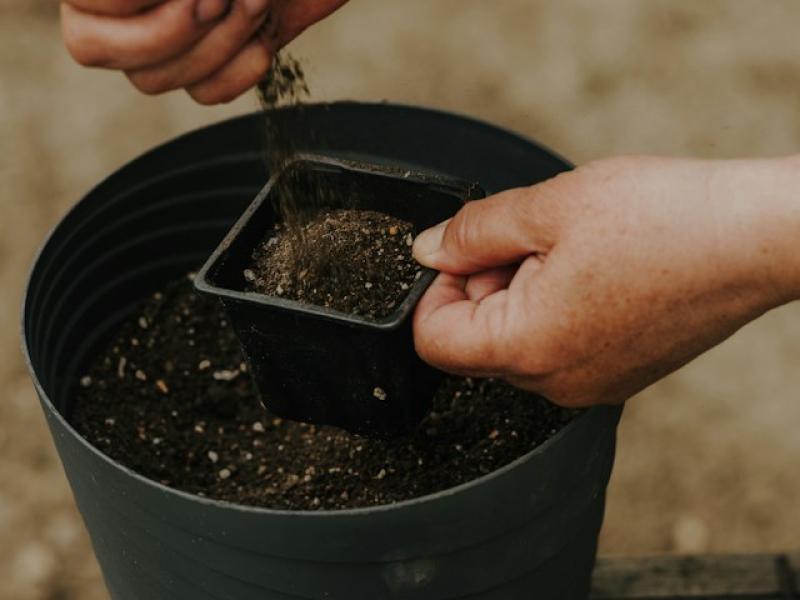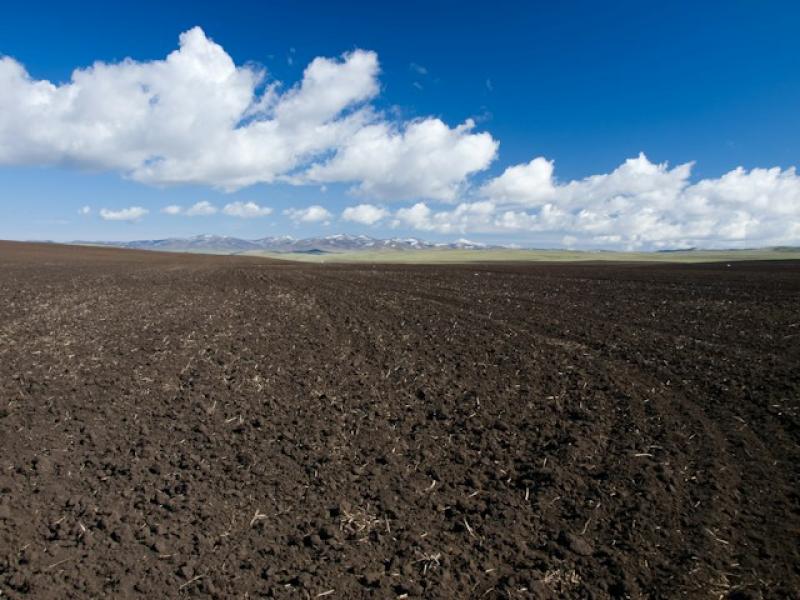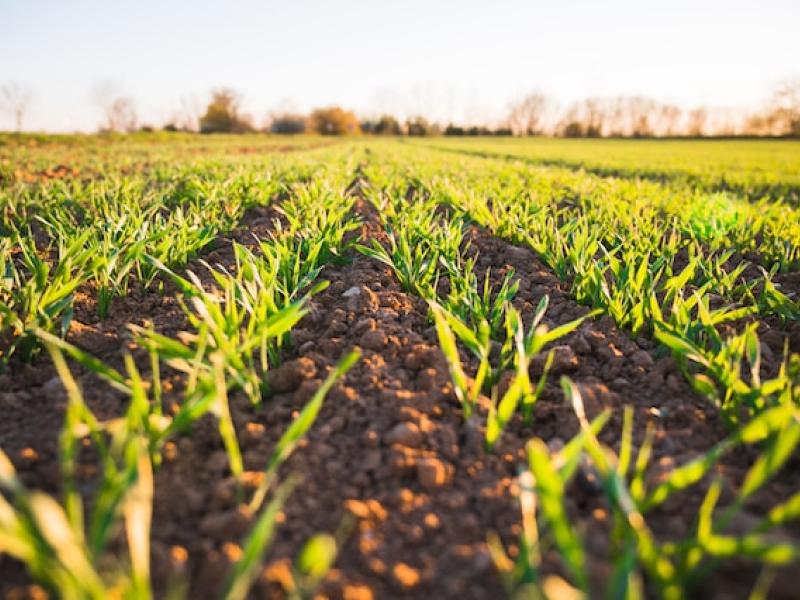
Tracking changes to soil characteristics over time can be labor intensive and expensive. However, soil health practitioners often find soil testing to be worth the investment because it provides a systematic way of evaluating the impact of soil health management. Basic soil measurements like pH, organic matter, and water infiltration rates can help to quantify and track the impacts of soil health management practices over time. Regardless of which soil tests are used, a sampling methodology should be chosen and used consistently over several sampling intervals to make the time and money invested into sampling and testing cost-effective. Ideally, sampling intervals should range between 1 and 5 years.

Currently, there are four primary sampling methodologies in use: bulk, grid, zone, and sensor. Bulk and grid sampling require the use of basic geolocation equipment to ensure samples are taken from the same location at each sampling interval. Zone and sensor testing only make financial sense if a farm operation already uses variable rate technology. However, if variable rate technology is already in use, zone and sensor testing are much better values than bulk or grid sampling.

Bulk soil sampling entails gathering a number of soil samples which best represent a field’s overall soil characteristics. Samples are then well-mixed prior to running soil tests. Bulk sampling can provide an understanding of overall soil characteristics in a field. But it gives no indication of soil variability across a field’s surface. Additionally, bulk sampling may not be able to provide any reliable indication of how soil characteristics are changing over time, unless samples are taken from the same sampling sites for each sampling interval. The primary advantage of bulk sampling is that it can be a relatively inexpensive way of understanding soil properties of a particular field since only 1 series of laboratory tests are required.

Grid sampling: Grid sampling involves setting up a grid of a predetermined size and sampling once within each grid square. Grid sampling provides a good indication of soil characteristics across the surface of the field. Grid sampling may be suitable for fields with relatively uniform soil characteristics. However, in fields with highly variable soil conditions, grid sampling cannot represent soil characteristics in an accurate manner because grid squares will match up poorly with topography and landscape features.

Zone Sampling: Zone sampling requires the use of already established variable rate zones. Variable rate technology has been used to increase the accuracy of fertilizer applications for almost two decades and variable rate seeding or planting based on similar technology has become more widely used within the past five years. Variable rate zones are established based on a number of different variables such as topography, landscape features, and soil characteristics. The number of variable rate zones is highly context dependent. However, the common features of each zone means that only one soil sample from each zone is necessary. This can greatly simplify sampling and reduce costs.

Sensor Sampling: A number of different companies have developed digital soil mapping systems based on custom-developed sensors mounted to a vehicle. It is a form of predictive mapping that can infer a range of soil characteristics, such as texture or organic matter. These systems can provide hundreds of sampling points per acre and often produce data in a format that can be used by variable rate systems. However, sensor sampling is limited some ways because it cannot measure important physical measurements of soil health such as bulk density or water infiltration rates.

The four sampling methodologies have their advantages and disadvantages. But regardless of which sampling methodology is used, precise and consistent soil sampling should play a key role tracking the impact of soil health practices in a cost-effective manner.
